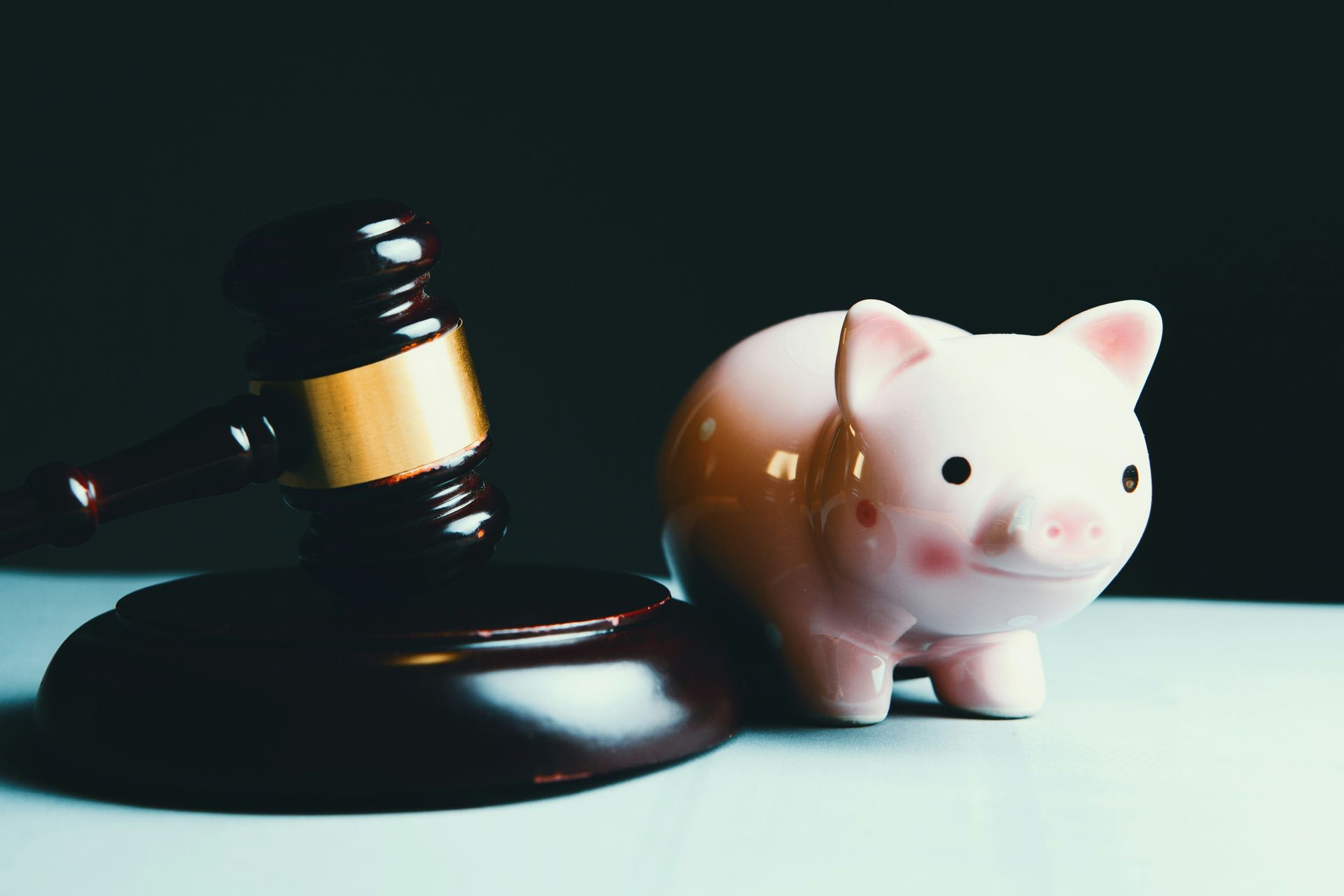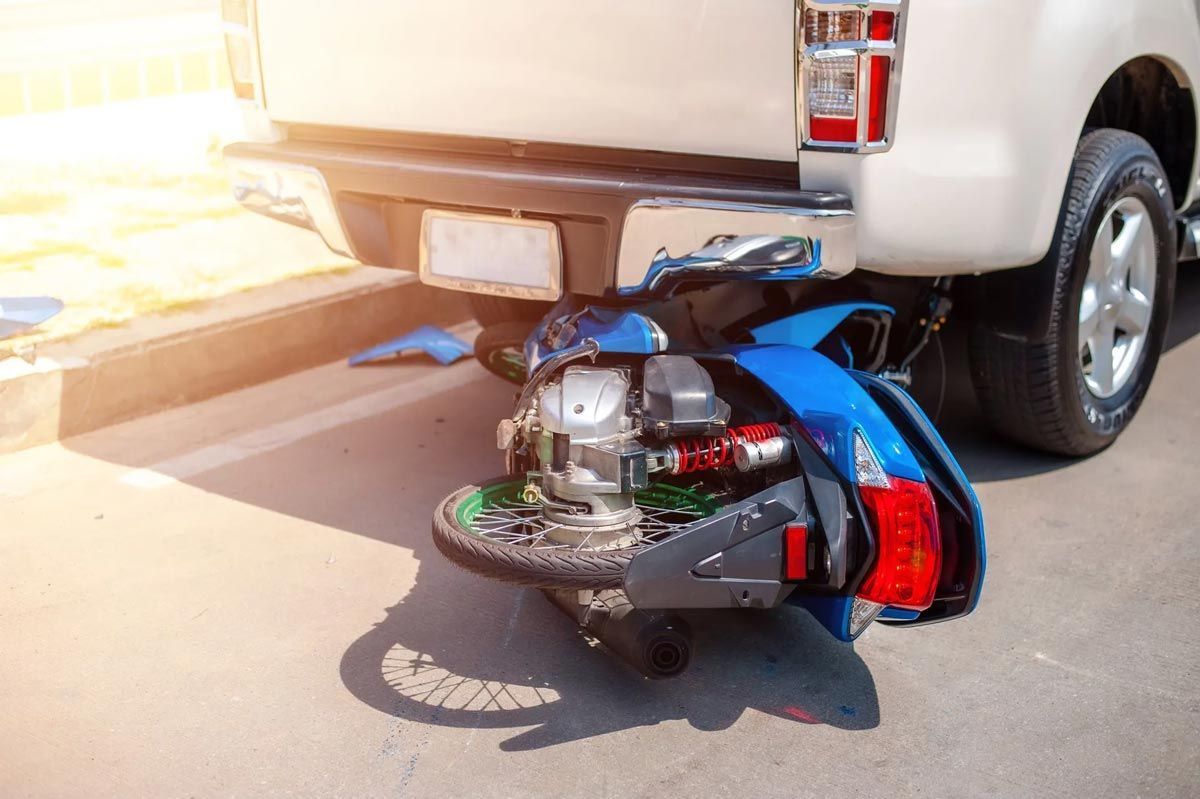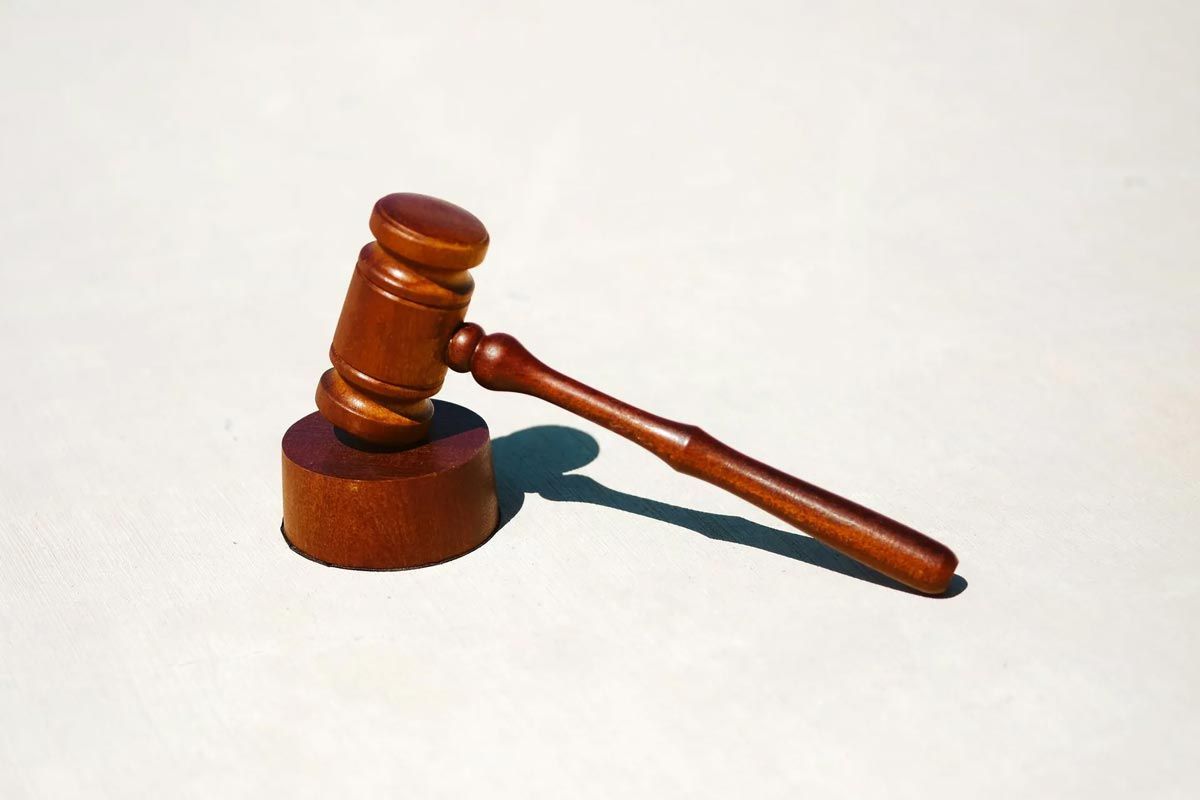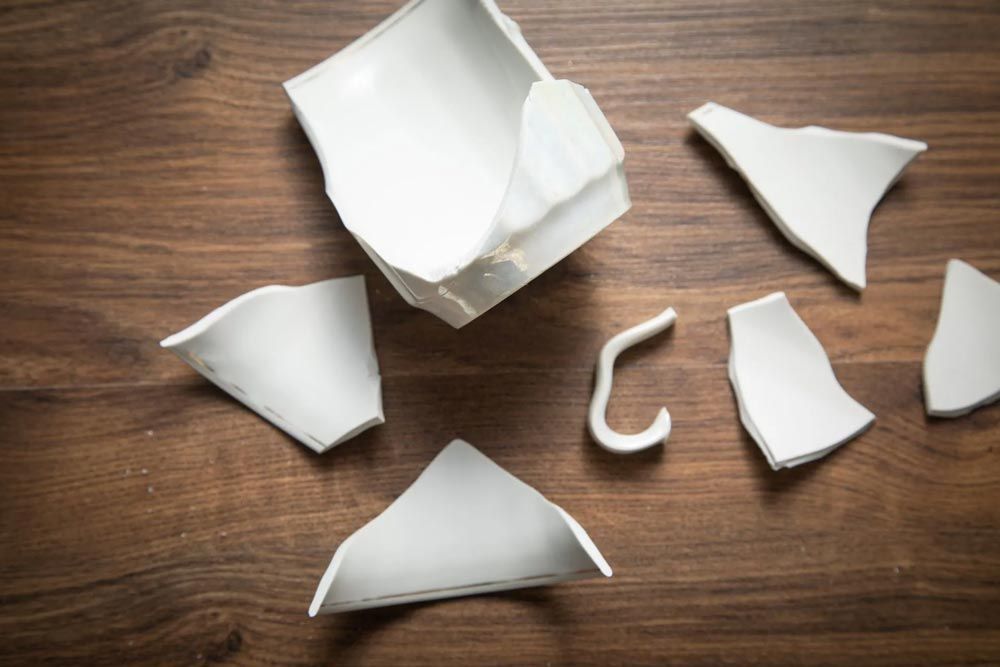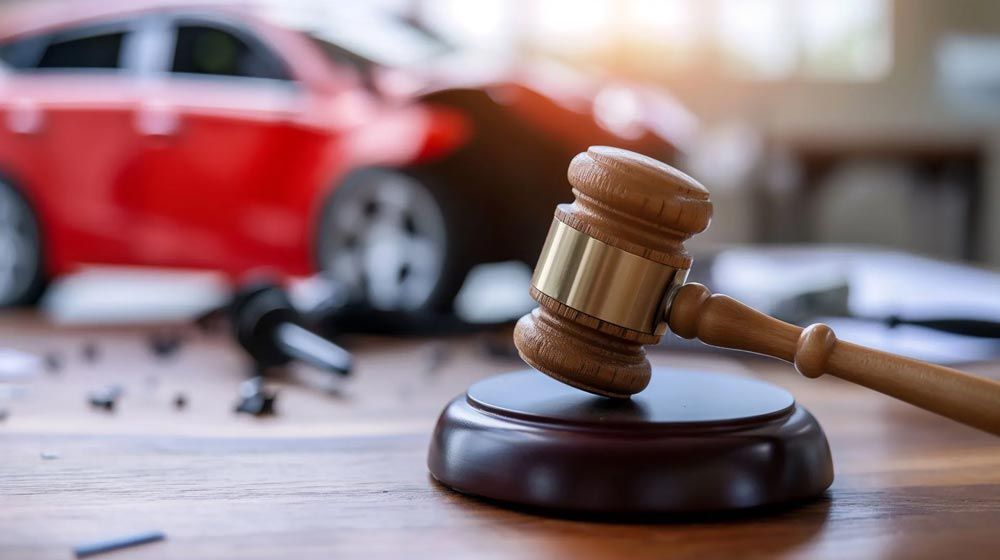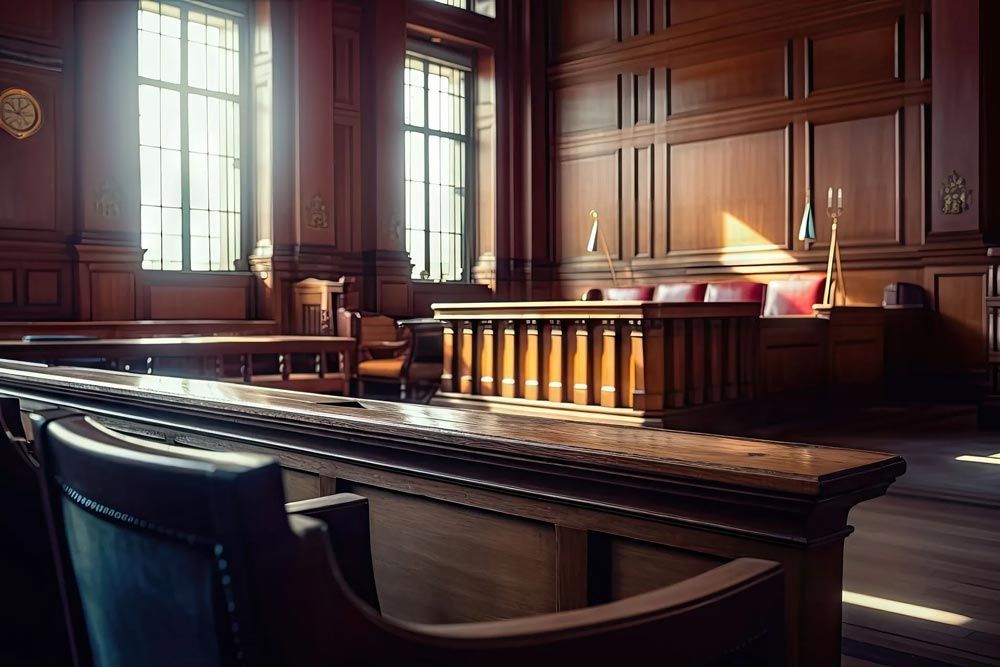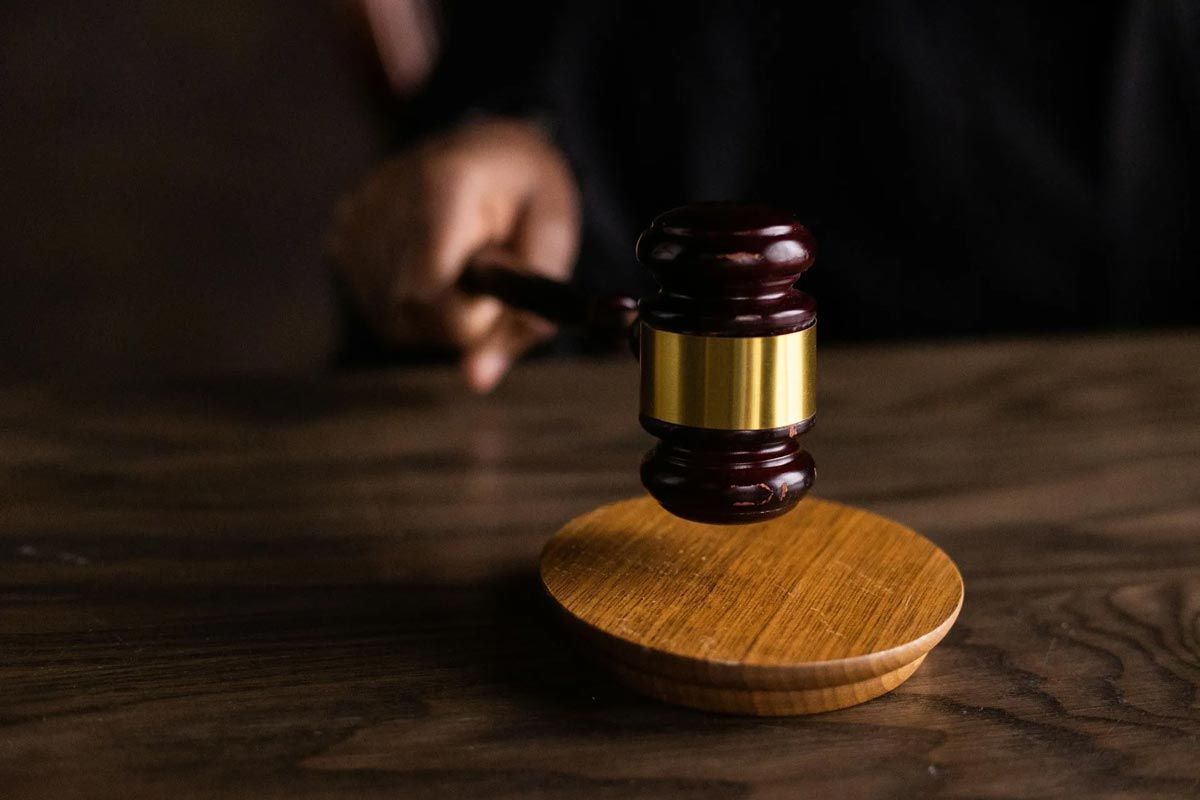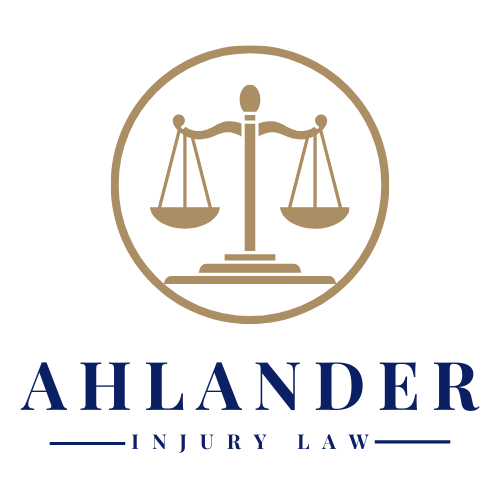Disclaimer
The information you obtain from this website is not, nor is it intended to be, legal advice. You should always consult an attorney for advice regarding your individual situation. We invite you to contact us for a free consultation to learn more about your rights.
Contacting us does not create an attorney-client relationship. Please do not send any confidential information to us until such time as an attorney-client relationship has been established.
Once an attorney-client relationship has been established, a secure mode of communication will be discussed for transmitting any confidential information.
Proud Member Of
State Bar of Nevada
Nevada Justice Association
Contact Us
Ahlander Injury Law
9183 W Flamingo Rd, #110
Las Vegas, NV 89147
Phone: (702) 996-7400
Fax:
(702) 202-3985
Ahlander Injury Law is a trusted injury lawyer serving Las Vegas, offering experience in auto accidents, motorcycle accidents and workers’ compensation. Looking for an injury attorney near me? We’re here to help you with legal guidance.



